$44.97 Original price was: $44.97.$31.48Current price is: $31.48.
SKU: D2LSC 9300963825 Category: FRAGRANT PLANTS
- Satisfaction Guaranteed
- Uncompromising quality, every time.
- Quality You Can Count On
- Fast, friendly, always here to help.

Allegheny Serviceberry Tree
Amelanchier laevis
Other Common Names: Coastal Plain Serviceberry, June Berry, Smooth-Leaved serviceberry, Smooth Shadbush
NOTE: As with all of our other plants and trees, all of our fruit plants are grown in containers outdoors so they are fully rooted and landscape-ready upon arrival.
Plant Details
USDA Plant Hardiness Zones: 4a-8b Find Your Zone
Shrub Type: Deciduous Flowering Tree
Height at Maturity: 15-25′
Width at Maturity: 15-20′
Spacing: 25′ + for space between trees
Growth Habit / Form: Upright, Rounded Oval
Growth Rate: Moderate
Flower Color: Snow White
Flower Size: 1″
Flowering Period: Early Spring
Flower Type: Single, 5-petaled in upright racemes
Fragrant Flowers: Yes, slightly
Foliage Color: Golden Yellow to Red and Burgundy
Fragrant Foliage: No
Berries: Yes, edible
Berry Color: Red to Purple
Sun Needs: Full Sun or Part Shade
Water Needs: Average
Soil Type: Clay, Loam, Sandy(amended), Silty
Soil Moisture / Drainage: Moist But Well-Drained, occasionally dry when established
Soil pH: 4.0 – 6.5 (Acid to Slightly Acid)
Maintenance / Care: Low
Attracts: Visual Attention, Beneficial Pollinators
Resistances: Deer, Disease, Insect
Description
A four season attraction in the landscape and one of the larger growing serviceberry’s up to 25 feet tall and 15 to 20 feet wide, the Allegheny Serviceberry is a North America native beauty that can be grown as a large shrub or lower branches can be removed to form a very attractive single or multi trunk small tree. Its larger size qualifies it as a shade tree. In early spring, masses of snowy white flowers resembling apple-blossoms in 2 to 4 inch racemes almost cover the tree. Following the flowers are edible, sweet, blueberry-like green fruits that turn to red and purple as they ripen. Leaves emerge purple in spring turning to a rich green with fall bringing brilliant golden, orange and red shades. The silver striped ridged and furrowed handsome bark provides winter interest in the landscape.
Serviceberry fruit is used to make pies and sweetbreads and can be dried like raisins. The Cherokees used serviceberry tea to aid digestion, and children who had worms were given baths in serviceberry tea. Native Americans used the tree’s straight wood to make arrow shafts. Francois Michaux wrote of serviceberries being available in Philadelphia markets, but only children bought them because they were so sweet and delicious.
NOTE: As with all of our other plants and trees, all of our fruit plants are grown in containers outdoors so they are fully rooted and landscape-ready upon arrival.
Landscape & Garden Uses
Growing 15 to 25 feet tall and 15 to 20 feet wide, the Allegheny Serviceberry can be left alone to grow naturally as a large shrub or lower branches can be removed to form a multi or single trunk specimen tree. It is a fine addition to pollinator and wildlife gardens, North American native plant gardens, and cottage gardens.
Suggested Spacing: 25 feet for space between trees
Growing Preferences
The Shadblow Serviceberry Tree grows best in a moist but well-drained acidic soil that is rich in organic matter and full sun to part shade. We suggest 4 hours of sun per day for best flowering and fruit production.
Helpful Articles
How To Plant & Care For A Serviceberry Tree
Plant Long & Prosper!
Meet The Wilson Brothers & Staff
Questions? Contact Us
Be the first to review “Allegheny Serviceberry Tree (Amelanchier Laevis) – 1 Gallon Pot” Cancel reply
Related products
Sale!
FRAGRANT PLANTS
Sale!
FRAGRANT PLANTS
Simply Scentsational Sweetshrub (Calycanthus ) – 2 Gallon Pot
Sale!
FRAGRANT PLANTS
Sale!
FRAGRANT PLANTS
Edith Bogue Cold Hardy Evergreen Magnolia – 3 Gallon Pot (3-4′)
Sale!
Sale!
FRAGRANT PLANTS
Sale!
FRAGRANT PLANTS
Sale!

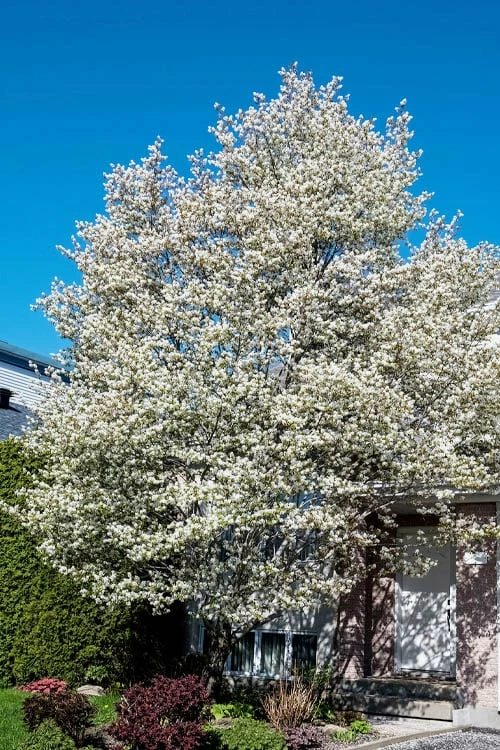


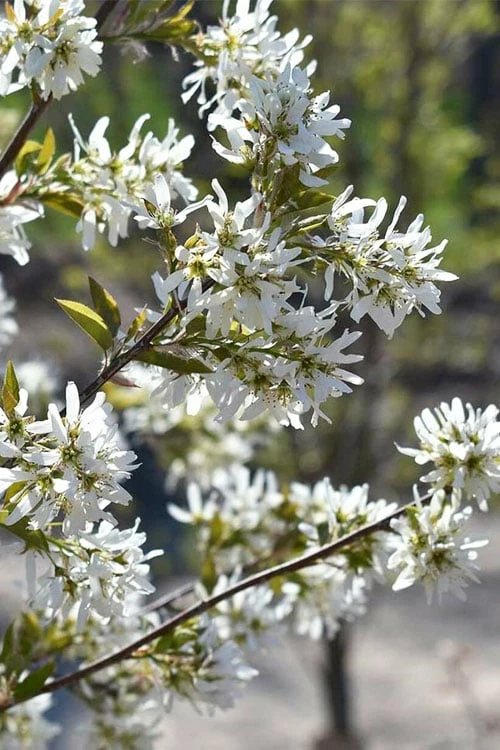



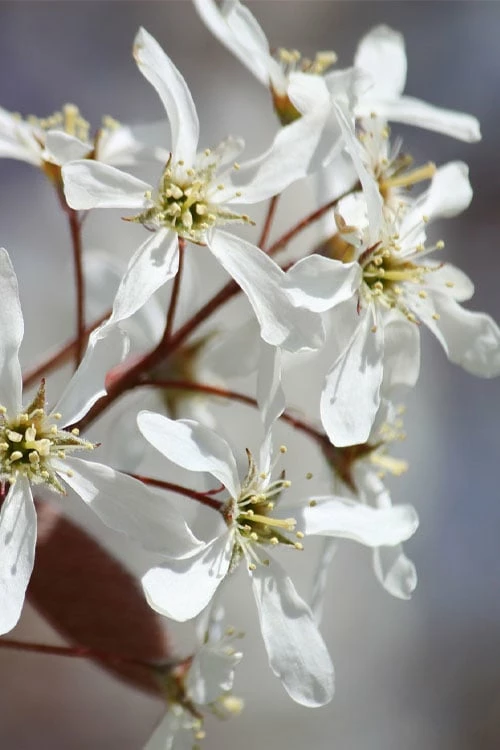



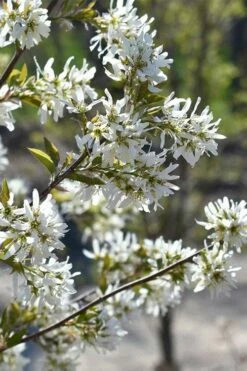


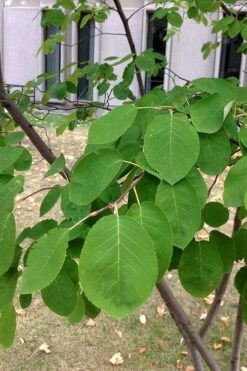

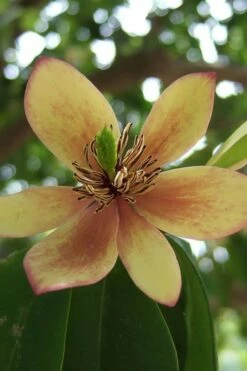

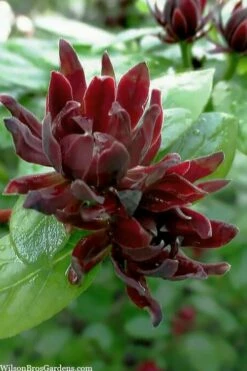













Reviews
There are no reviews yet.